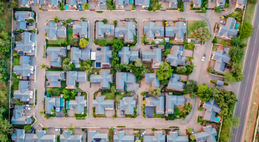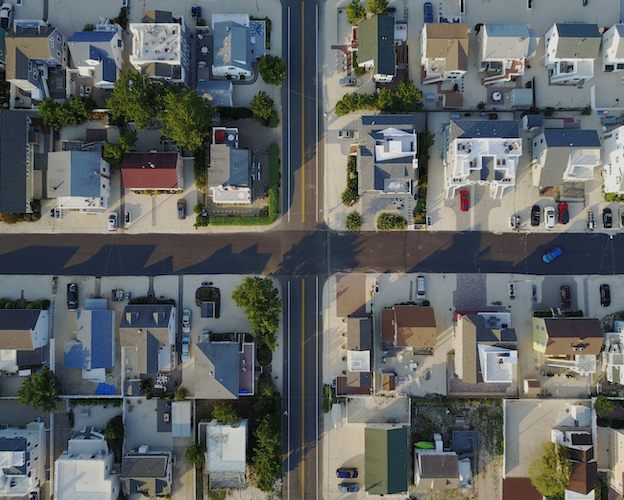In particular we focus on getting the loan structure right the first time, choosing which lenders to use in the right order (yes this is important) and finally getting our clients the best deal possible.
Home loan rates are set to increase – what does this mean?
The Lucky Country has weathered Covid, bounced back strongly and things are looking sunny for the future. With record low unemployment and runaway inflation, many banks are revising their economic forecasts for interest rate and house price movements. So, what does this mean for the everyday Australian, is it time to panic?

If you’ve taken out a home loan recently, there’s a good chance you’ve had to stretch your borrowing power to meet the ever-increasing house prices. And now your big cash deposit is gone and replaced with a large debt, with monthly repayments to boot. Many people may be scratching their heads at how they’ll cope if these repayments begin to climb… and climb. Panic creates website clicks, so expect this topic to pushed hard by the media in the months to come.
One factor to keep in mind is Assessment Floor Rates. In the past, banks were required to assess your application and stress test it as if your repayment were set at an interest rate of around 7%. As the cash rate got lower and lower, this became unrealistic so in July 2019, the Australian Prudential Regulatory Authority (APRA) changed the requirement so that the Assessment Floor Rate had to 2.50% above the actual interest rate that the borrower was applying for. In October last year, they revised this buffer to 3.00%.
What this means is that if your interest rate was 2.20% at settlement, the lender was satisfied that you would be able to meet your repayments, even if the rate was 5.20%.
When the lender made this assessment, they took into account your income, current liabilities (repayments on existing mortgages, car loans, personal loans, credit cards etc) and your declared living expenses. The actual savings left over at the end of the month will naturally be more than what was calculated by the lender, allowing you to make additional repayments, save the money or of course, spend the money.
As interest rates increase and this monthly surplus decreases, people are likely to reduce their household and discretionary spending. However, if this happens too rapidly and households slam on the brakes, local businesses will begin to suffer. Less smashed avocado means fewer shifts for the café staff, lower wages means less retail spending, which means fewer retail shifts etc etc etc and before you know it the country will tumble into recession.
The government and Reserve Bank are absolutely aware of this potential outcome and will work very hard to avoid it. Getting the balance right by raising rates at the right pace will allow for a mild curtailing of discretionary spending without households falling into panic.
As the cash rate increases and house prices stabilise, this will give more young people a shot at home ownership. Their savings accounts will gradually become a more attractive place to gather wealth, and everyone will benefit from the long-absent wage increases.
Australia has stood resilient and strong in the face of the Global Financial Crisis, global pandemic and remains a highly sought after place to immigrate to and raise a family. With all of these strengths comes a strong economy and with it, interest rate increases.
If you’d like to review your current circumstances and get some clear strategies in place to manage rising interest rates effectively, talk to Mortgage Experts today.
Recent Posts
- Is now the time to access equity? APRA changes coming + Interest rate outlook
- Government Guarantee Scheme – an update on the changes from 1st October 2025
- Limited Deposit and don’t qualify for the government guarantee scheme? Up to 100% LVR loans available
- Government grants and schemes - to help you into the market
- Is Darwin property about to go Boom?
- Comparing interest rates (Western Democracies)
- Stage 3 Tax cuts - how will it effect your borrowing capacity?
- Property Share Loan Structure
- SMSF Property Investing & Lending - Back on the agenda
- Could the next move in interest rates be down?
































